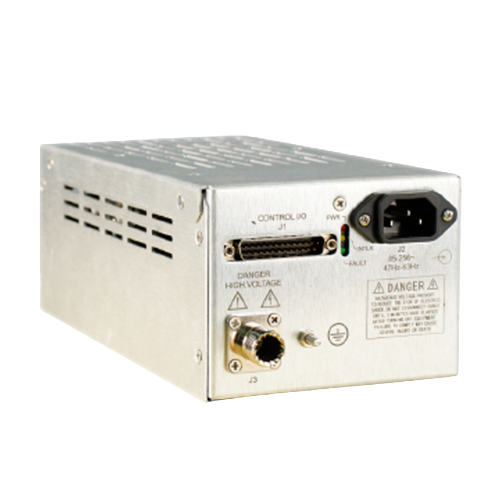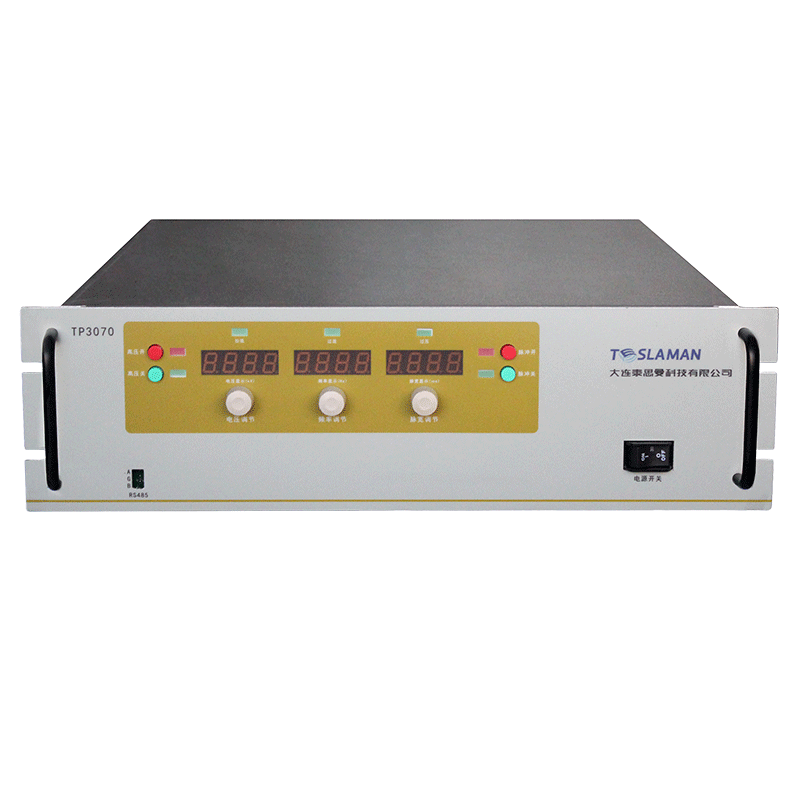Improvement of Mass Spectrometry Resolution by High Voltage Power Supply in Mass Spectrometer
In the field of modern scientific analysis, the mass spectrometer, as a powerful analytical tool, is widely used in many disciplines such as chemistry, biology, and environmental science. Mass spectrometry resolution is one of the key indicators to measure the performance of a mass spectrometer, and the high voltage power supply plays a pivotal role in improving the mass spectrometry resolution.
The working principle of a mass spectrometer is based on the mass analysis of ions. In the ion source, the sample is ionized to form various ions. These ions are separated and detected according to their different mass to charge ratios (m/z) under the action of electric and magnetic fields. The high voltage power supply provides the crucial acceleration electric field and focusing electric field for the mass spectrometer. The acceleration electric field imparts sufficient kinetic energy to the ions, enabling them to be effectively separated in the subsequent mass analyzer. The focusing electric field ensures the focusing and collimation of the ion beam, reducing ion scattering and improving the accuracy of detection.
The stability of the high voltage power supply has a direct impact on the mass spectrometry resolution. An unstable high voltage power supply will cause energy fluctuations during the ion acceleration and focusing processes. Ions with the same mass to charge ratio cannot be accurately focused at the same position, thus broadening the mass spectrometry peak and reducing the resolution. To improve the mass spectrometry resolution, it is necessary to develop a highly stable high voltage power supply. Advanced high voltage power supplies adopt precise feedback control technology, which can monitor the changes in the output voltage in real time and quickly adjust through a closed loop feedback system, controlling the voltage fluctuation within a very small range. For example, by using high precision voltage sensors and fast response power regulation components, the output voltage stability of the high voltage power supply can reach the ppm level (one part per million), greatly improving the stability of ion acceleration and focusing, and thus enhancing the mass spectrometry resolution.
In addition, the ripple characteristics of the high voltage power supply cannot be ignored. Ripple refers to the AC component in the output voltage of the high voltage power supply. Even under a stable DC output voltage, there will be a certain degree of ripple. Excessive ripple will interfere with the ion's trajectory, also leading to the broadening of the mass spectrometry peak. By optimizing the circuit design of the high voltage power supply and adopting efficient filtering technologies, such as multi stage LC filter circuits, the ripple voltage can be significantly reduced. At the same time, using low noise electronic components to reduce the noise generated by the electronic components themselves further improves the purity of the high voltage power supply, creating good conditions for improving the mass spectrometry resolution.
In practical applications, improving the mass spectrometry resolution enables the mass spectrometer to more accurately distinguish ions with different mass to charge ratios, which is of great significance for the analysis of complex samples. For example, in the mass spectrometry analysis of biomacromolecules, a high resolution mass spectrometer can clearly distinguish biomolecules such as proteins and polypeptides with similar molecular weights, which helps to accurately analyze the structure and function of biomolecules. In the field of environmental monitoring, a high resolution mass spectrometer can more accurately detect trace components in environmental pollutants, providing strong technical support for environmental protection and pollution control.
In conclusion, as one of the core components of the mass spectrometer, the high voltage power supply plays a crucial role in improving the mass spectrometry resolution by measures such as improving its stability and reducing ripple, laying a solid foundation for the in depth application of the mass spectrometer in various scientific fields.




















